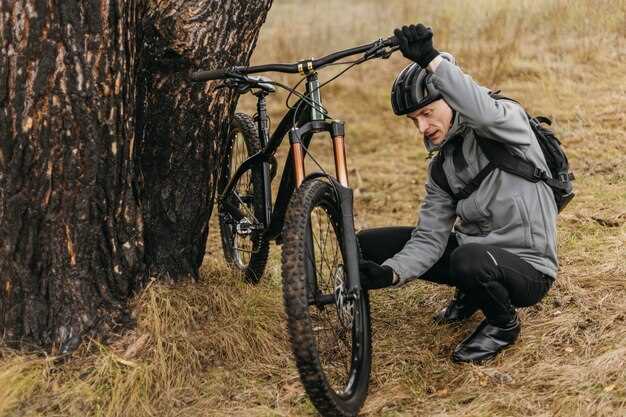
In the world of motorsport and performance driving, mastering the art of braking is essential for achieving optimal control and speed through corners. One of the most effective techniques employed by skilled drivers is trail braking. This method allows drivers to maintain greater control over their vehicles while navigating challenging turns, making it a crucial skill for both racing enthusiasts and everyday drivers seeking to enhance their driving capabilities.
Trail braking involves the strategic application of brakes while transitioning into a corner, allowing for improved grip and handling characteristics. By gradually releasing the brake pedal as you enter the turn, drivers can shift weight to the front tires, enhancing their steering response and minimizing understeer. This technique is not just about slowing down; it’s about fine-tuning the car’s dynamics to achieve better cornering performance.
To fully reap the benefits of trail braking, understanding vehicle dynamics and mastering the timing of brake application is essential. In the following sections, we will delve into the fundamental principles of trail braking, explore its advantages, and offer practical tips to help you integrate this powerful technique into your driving repertoire. Whether you are on a racetrack or navigating winding roads, mastering trail braking is key to unlocking your vehicle’s full potential.
Understanding the Fundamentals of Trail Braking
Trail braking is a crucial technique used in performance driving that enhances vehicle control during cornering. It involves maintaining braking pressure as you enter a turn, allowing the driver to manipulate the car’s weight distribution and balance. This method helps to optimize grip and provides better steering feedback, creating a smoother transition into the corner.
As you approach the turn-in point, begin braking in a straight line to reduce speed effectively. The goal is to apply the brakes firmly initially and then gradually release pressure while steering into the turn. This tapering of braking force, known as the “trail,” allows the car’s weight to shift toward the front tires, enhancing front-end grip. With increased traction at the front, the vehicle is better positioned to respond to steering inputs.
The timing of the brake release during trail braking is critical. Releasing the brakes too soon can result in understeer, where the car fails to turn as intended, while holding on to the brakes for too long can lead to oversteer, causing the rear to lose grip. Finding the balance between these two extremes is essential for mastering this technique.
Practicing trail braking can significantly improve lap times and overall driving confidence. Understanding the dynamics of braking while turning enables drivers to enter corners faster and exit with more speed. By mastering the fundamentals of trail braking, drivers can achieve better control of their vehicles in various racing conditions.
Executing the Perfect Turn-In While Trail Braking

Executing a perfect turn-in while trail braking is a crucial skill for enhancing driving performance and maximizing cornering capabilities. Mastering this technique requires a combination of timing, balance, and precision. Below are the essential steps and considerations for achieving an optimal turn-in during trail braking.
-
Approach the Corner:
As you approach the corner, assess your speed and positioning on the track. Ensure that you enter the corner at a controlled speed, allowing space for adjustments.
-
Initiate the Trail Brake:
Begin to apply the brakes just before the turn. This action helps transfer weight to the front wheels, increasing grip and enhancing steering response.
-
Maintain Smooth Braking Pressure:
Gradually decrease brake pressure as you enter the corner. This allows for a progressive transition while maintaining stability.
-
Adjust Steering Input:
As braking pressure decreases, begin to turn the steering wheel. The timing of your turn-in is critical; too early or too late can lead to understeer or oversteer.
-
Find the Apex:
Aim for the apex of the corner as you continue to release the brakes. This is where the car will naturally pivot, allowing for smoother cornering.
-
Throttle Application:
Once past the apex, smoothly apply the throttle to maintain speed and drive out of the corner effectively. This progression helps transfer weight back to the rear wheels, enhancing traction.
In summary, executing a perfect turn-in while trail braking involves a delicate balance of speed management, brake modulation, and steering input. By practicing these steps consistently, drivers can significantly improve vehicle control and cornering efficiency.
Avoiding Common Mistakes During Trail Braking

Trail braking is a technique that can significantly enhance your control during cornering, but many drivers make common mistakes that can undermine its effectiveness. One frequent error is applying too much brake pressure as you begin the turn-in. Rather than smoothly transitioning from braking to acceleration, some drivers tend to hold onto the brakes too long, which can destabilize the car and lead to understeer.
Another mistake occurs when drivers fail to adjust their brake modulation as they approach the apex. It’s essential to gradually reduce brake pressure as you turn in to maintain balance and weight transfer. Abrupt changes can unsettle the vehicle, causing a loss of traction and hindering the desired line through the corner.
Also, it’s vital to focus on where you are looking during the trail braking phase. Many drivers concentrate on their immediate surroundings rather than where they want to go. Maintaining a forward focus helps in anticipating the turn-in point and makes it easier to execute a smooth transition from braking to steering.
Lastly, neglecting to practice this technique in different conditions can lead to overconfidence. Mastery of trail braking requires experience and adaptation to various surface conditions, such as wet or uneven roads. Regular practice helps build the muscle memory needed to perform this technique effectively and safely.






